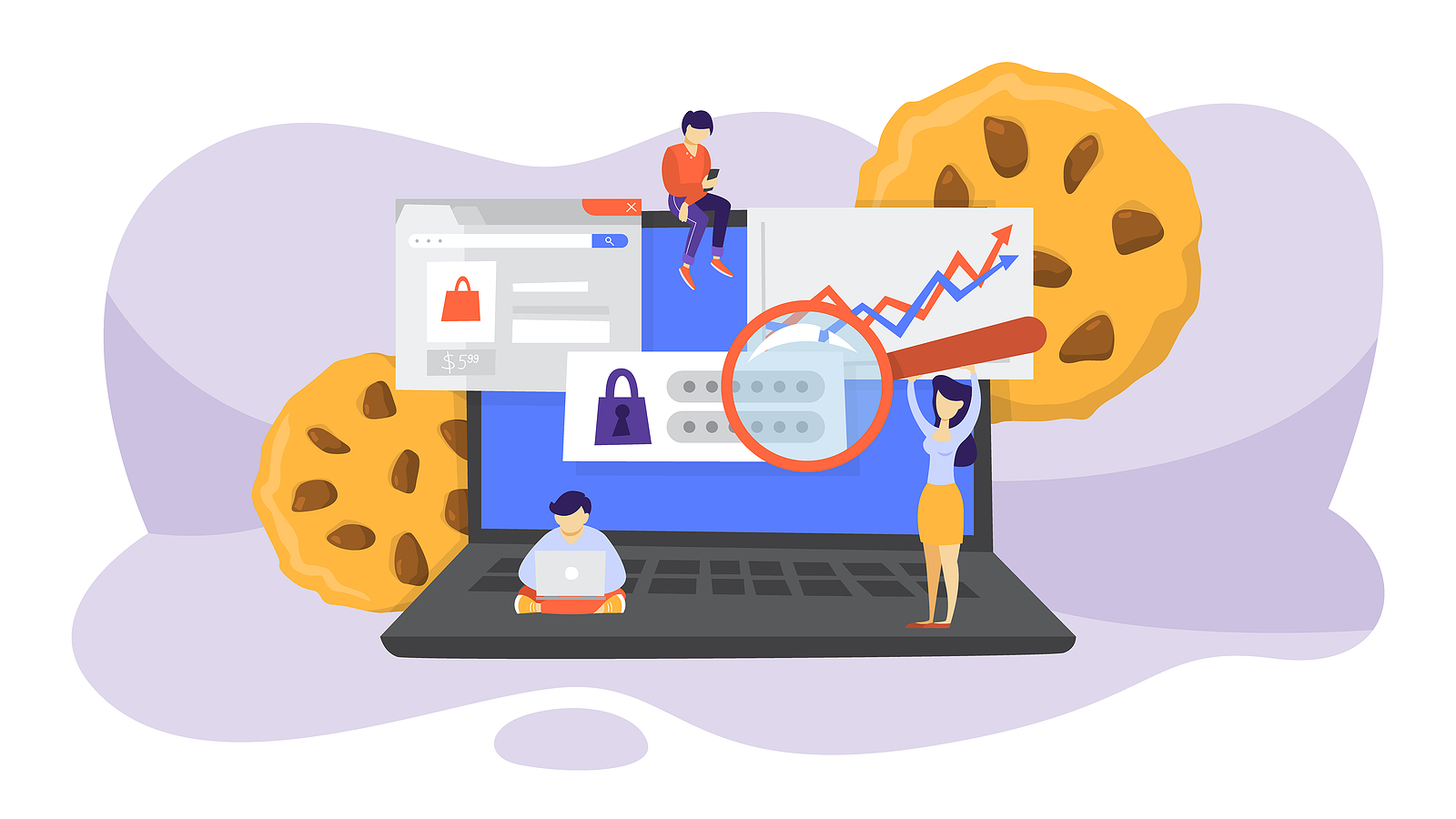Titles and headlines are an essential part of writing content pieces. They’re what draws your readers to your articles, blog posts, press releases and more, so you must generate well-thought-out, captivating titles and headlines in order to get your piece read and understood, but how do you do that successfully?
Apply a few journalism rules
When developing a title or headline for your content piece, you should consider implementing some journalism rules and which include using the five Ws:
- Who
- What
- When
- Where
- Why
In addition to the aforementioned, you should also consider ‘how’. Let’s say you’re writing a press release about a new product that your client is launching, then you should ask yourself a few questions, for example, including:
- Who is launching the new product?
- What is the new product?
- When is the new product being launched?
- Where can people get access to the new product?
- Why is the new product being released?
You should look to include those answers in your headline or title. This way, your readers know exactly what you’re advertising, who it’s for, where they can get it and when. For example, if the new product is an eco-friendly toothbrush, then your title would read something along the lines of:
“London-Based Company, [company name], Launches Sustainable Bamboo Toothbrush to Battle Climate Change”
Generate ideas & plan appropriately
If you’re struggling to generate effective titles and headlines, then you should consider using SVO: subject, verb and object. This formula will help you to generate a title or headline that’s both descriptive and self-explanatory, accurately representing the content that sits within the content. To enhance it further, you could try including:
- Current events
- Popular culture
- Hyperbole
- Old content
- Anecdotes
There are other techniques to try, together with more technical methods, including:
- Adjectives
- Adverbs
- Swapping verbs for more interesting words
- Alliteration
The English language is full of vibrant linguistic tricks and methods to enhance your writing, bringing it to the next level almost effortlessly. Where these techniques can be used in the body of your content, they should also be used to produce catchy titles and eye-catching headlines. It would be a good idea to gather several different ideas for your headlines and/or titles for the same content piece. You should then take those ideas and peer test them to see which one people find the most appealing and go with that one.

Consider your audience
It’s important to keep your target audience in mind when generating titles and/or headlines for your content pieces. For example, the headline: “Summer Holiday Destinations Worthy of Your Best Bikini” will not draw in couples in their forties and fifties who are looking to go on a cruise. It’s also imperative to remember that online headlines aren’t the same and shouldn’t be generated in the same way as a newspaper headline. Internet headlines allow for more flexibility, such as the inclusion of slang words and even bad grammar.
Newspaper headlines, on the other hand, need to be short, sweet and to the point whilst also being, often, free of punctuation (although this doesn’t make it, necessarily, grammatically incorrect). All of this comes down to the attention span of your audience. If your headline or title is too long, people won’t bother reading it, so the only thing left to grab their attention would be images or videos, which isn’t always feasible.
According to BrainLeap Technologies, you have about 8 seconds to grab the attention of a teenager, for example. So if you’re writing for an online “tween” magazine, then it’s more important than ever to generate exciting, short titles and headlines to introduce your content to them.
Do some research around similar content
You shouldn’t copy any of the content you find, but you should take inspiration from it. You should also do it after you’ve generated some ideas and done some planning. There’s a fine line when it comes to researching similar content because you need to be careful not to rehash what’s already out there. The benefits of looking at already-published content include:
- You’ll be able to get ideas
- You’ll be able to identify gaps in information that you can include in your own articles
- You’ll get new ideas that have come from different angles
- You’ll be able to update old content as and when needed
- You’ll be able to gauge public reactions and responses to published headlines and long-form content
Review your headline before hitting ‘publish’
We have already touched on this above, but you must throw all of your ideas out to your peers for review. This will help to weed out the poor titles and/or headlines from the stronger ones. You’ll also be able to choose one to go alongside your content that you can be sure is captivating and attention-grabbing, which, in turn, will generate more views and draw more readers – think of it as a proofreading session.
Kumo is a digital marketing specialist with over two decades of experience in the industry. With extensive knowledge and expertise to draw upon, you’ll always be able to count on us to bring your website up to the next level. This will help to increase leads and, therefore, sales. Whether you need SEO services, PPC implementation or content writing, you’ll be able to look to us to help. For more information, get in touch with a member of our friendly, professional team today – we’re always happy to hear from you.
Author Biography
Lorna
As an experienced Copywriter, Lorna enjoys creating varied content for an abundance of different industries and sectors. From detailed, informative articles to creative infographics, she's always looking to inject originality into the work she produces. When she isn't working, Lorna runs her own lifestyle blog, plays the guitar and loves to take part in charity runs.